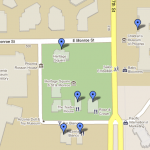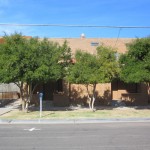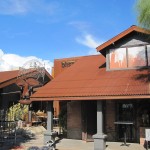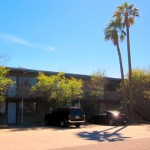From the Arizona Room is a weekly column examining the historic, reuse and infill structures in Downtown Phoenix. The inspiration for this column stems from the ever-expanding resources in Burton Barr Central Library’s Arizona Room (located on the fourth floor*). For further information on this and other historic structures in the area, visit the Arizona Room during normal library hours.
309 W. Monte Vista Rd. in Willo
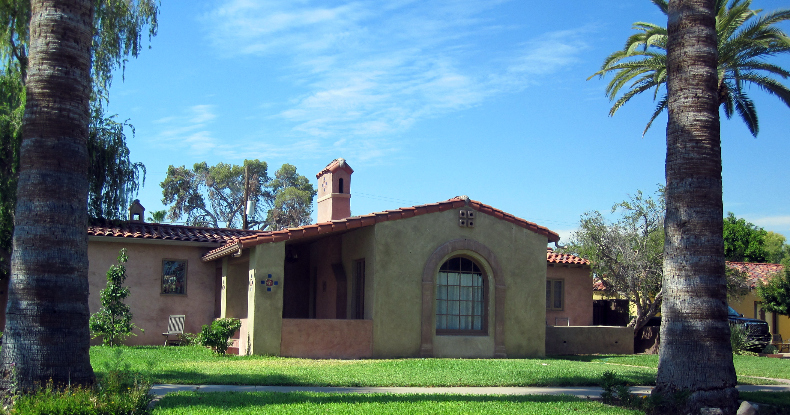
History is scattered throughout the Willo district northwest of Downtown proper. With houses from the ’20s through the ’50s, the neighborhood is considered one of Phoenix’s first “suburban” destinations, and although the city has grown around Willo’s limits, it still manages to retain much of its charm and tranquility.
The E.J. Middleton House was one of the first here, and is certainly a shining example of the Spanish Mission style that started popping up on the city’s outer edges in the late ’20s.
Built in 1928 by Laing & Heenan, the brick structure with stucco sheathing was the first home in the Broadmoor Subdivision, and one of Phoenix’s very first model homes. Built on spec, it drew much praise from local media and revelers who passed by. And why not? The architecture is impeccable.
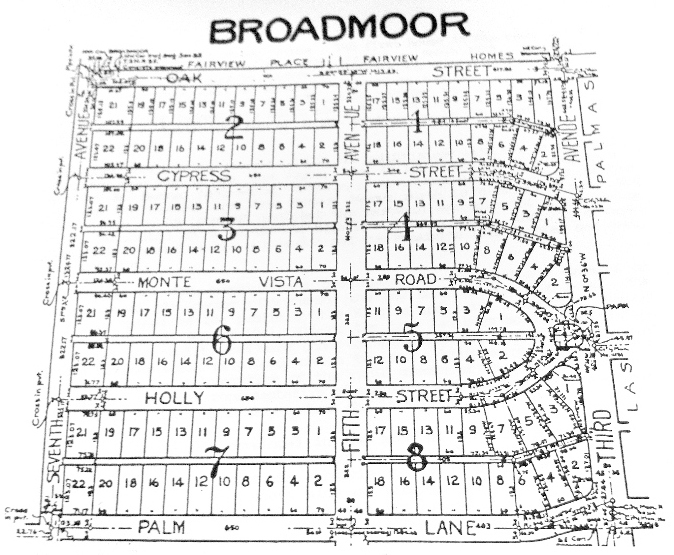
The original plan for the Broadmoor subdivision in Willo
Recognizable with its decorative tile entry and cast concrete plasters and its gabled, low-pitched roof of clay tiles, the home was a preview of what was to come in Phoenix. The wood-panel and glass entry — copied hundreds of times since — was praised time and again as Phoenicians visited for the first taste of Broadmoor.
The architecture — a gutsy move by conventional Phoenician standards of the time — was a smashing success, and the home was toured by many in 1928 and 1929. The interior was decorated and furnished completely by Barrows Furniture Company in a then-contemporary Spanish style to complement the build. Visitors marveled at the state-of-the-art plumbing, heating and electrical systems the home offered. Other houses were completed in Broadmoor before the model was eventually purchased by Middleton in 1930.
Middleton did make a few changes to the home. The porch, originally without sheathing, was infilled with stucco walls. He later built a rear addition to the home shortly after moving in, presumably in 1930 or 1931.
Source: Willo-Alvarado Multiple Property Area Historic Resources Survey, 1989.
Is there a historic property in Downtown Phoenix you’d like to see in From the Arizona Room? Email me at si@downtownphoenixjournal.com with the address and a brief description.
*NOTE: The Arizona Room will temporarily close from July 18 to August 2, as it is relocating to the second floor of the Burton Barr Central Library.



